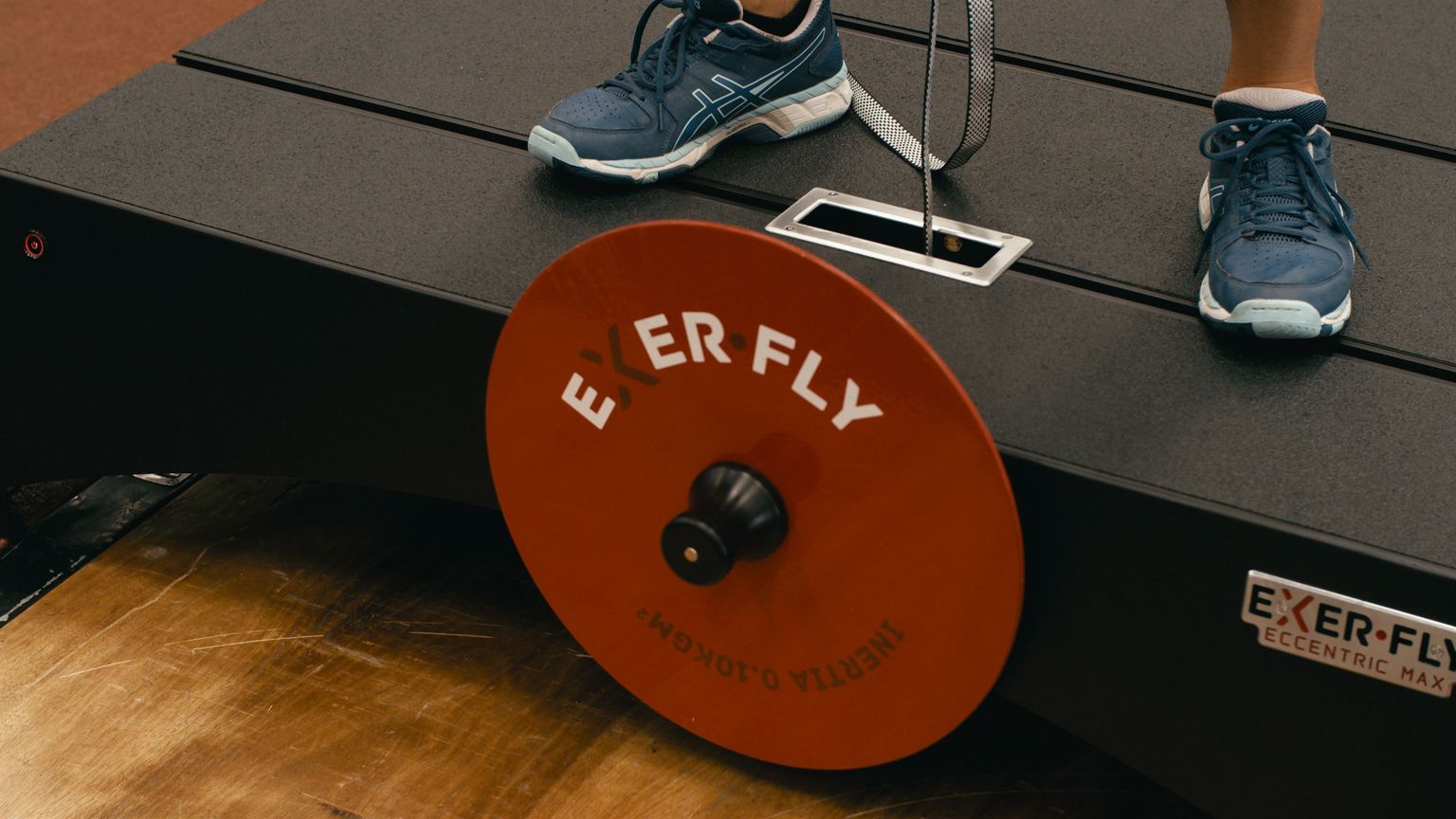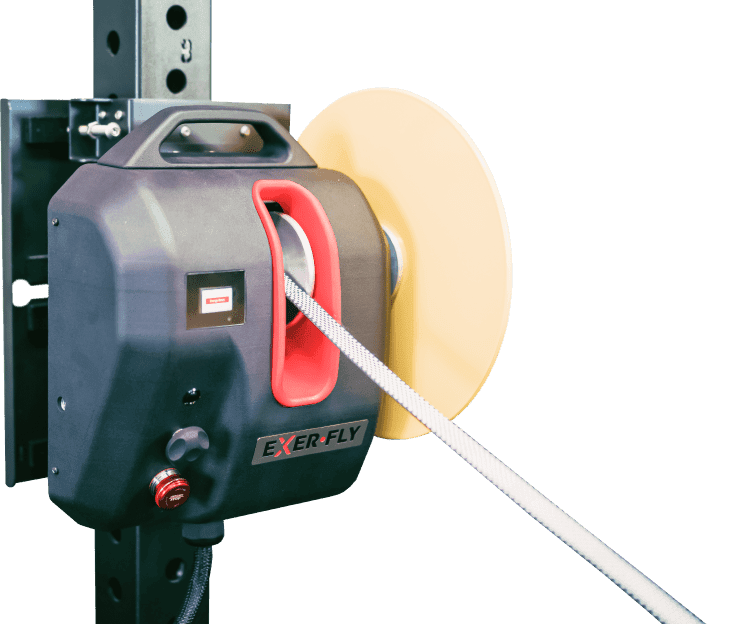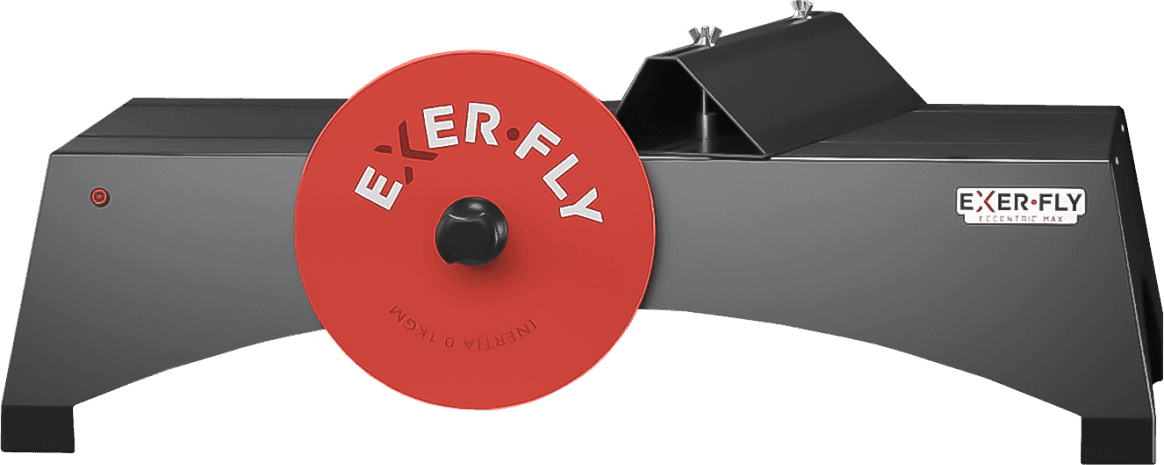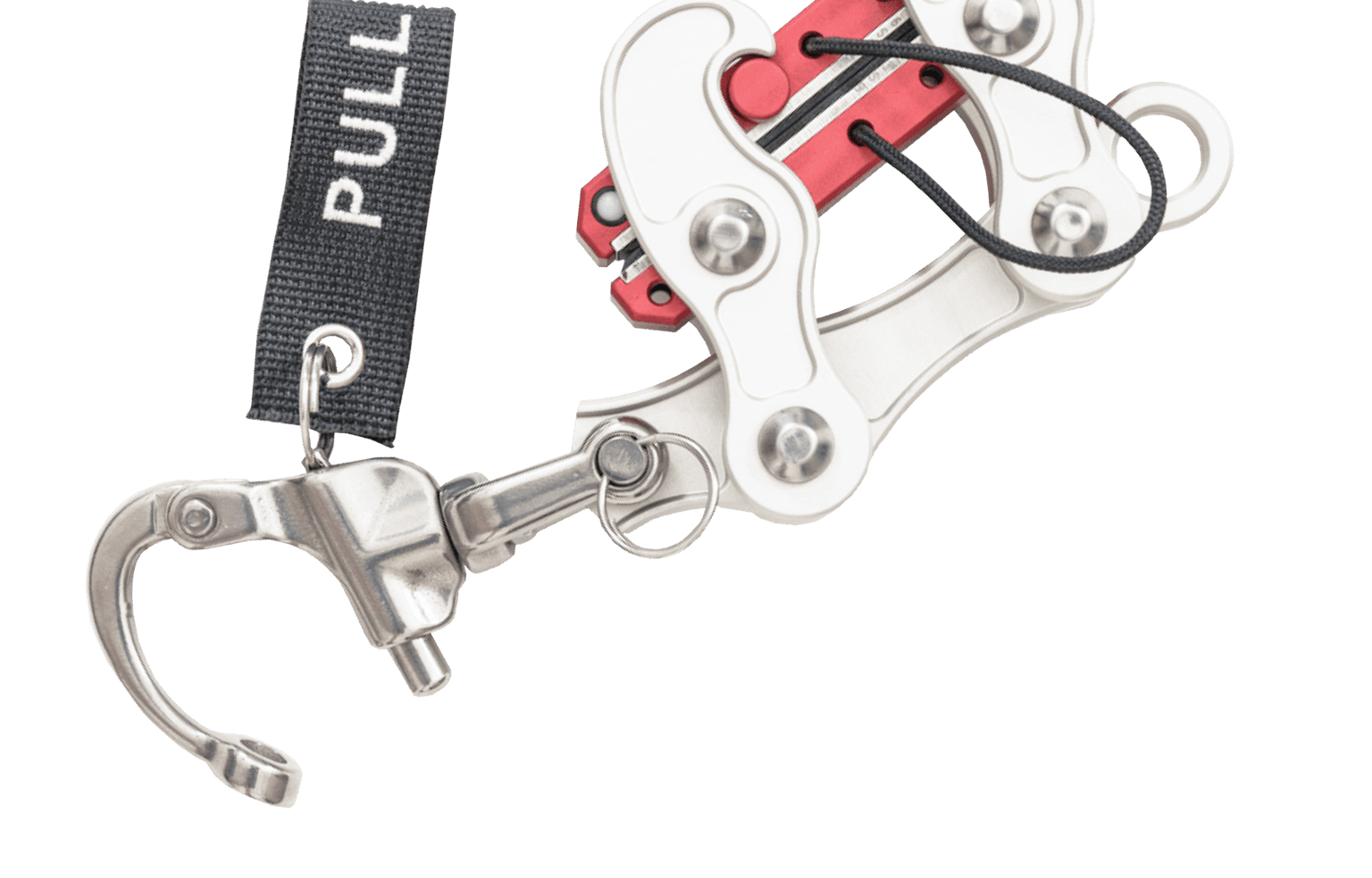
Neuromuscular and Balance Responses to Flywheel Inertial versus Weight Training in Older Persons
It's known that loss of muscle strength and balance are the main characteristics of ageing. Postural sway is associated with muscle contractile capacity and the ability of rapidly correcting ankle joint changes, so resistance training was speculated to improve not only strength but also postural balance. The hypotheses for the study were that due to a larger eccentric loading of the knee extensors, flywheel training would result in (a) greater gains in quadriceps strength; (b) greater improvements in balance performance compared with weight-lifting training.
Results found that a larger increase in tendon stiffness in the flywheel group was associated with an improvement in postural balance. Quadriceps flywheel loading not only produced a greater increase in power than weight training but its physiological benefits also resulted in a significantly improved balance, supporting flywheel training as beneficial for the elderly.
You can read the full study here.






